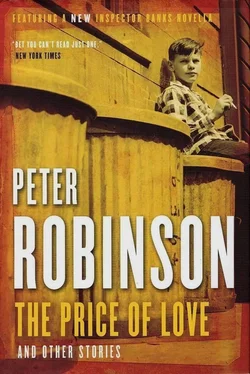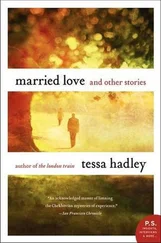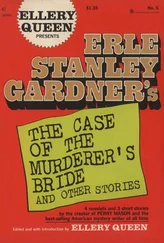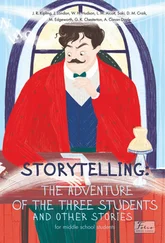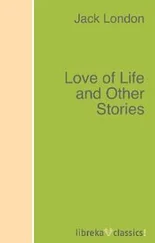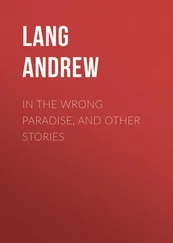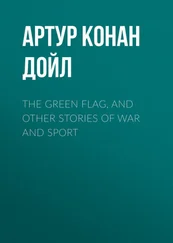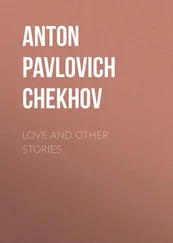“The Eastvale Ladies’ Poker Circle.”When Otto Penzler asked for a story connected with poker for Dead Man’s Hand, I balked, knowing little about the game and certainly never having won any money at it! But it’s not easy to say no to Otto. Part of the challenge was finding ways around these inadequacies, of course, and my initial research showed me that the game was quite popular with British women. It wasn’t a long stretch from that to the idea of the “poker circle,” where a group of career women get together once in a while for an evening’s fun. After that, it was the getting together that came to matter to the story, and the personalities involved, not the game of poker itself. They could have been playing cribbage for all I cared! I also got to venture into one of Eastvale’s more privileged and exclusive areas for the first time, an area that became even more important in the recent Banks novel, All the Colors of Darkness.
“The Ferryman’s Beautiful Daughter.”Though the title is a homage to the Incredible String Band’s 1968 album The Hangman’s Beautiful Daughter, the ghost of Syd Barrett haunts this story. The order, from editors Claudia Bishop and Don Bruns, was rather taller than usual. Not only did they want a short story for their Merry Band of Murderers anthology, they also wanted a song to go with it. As it turned out, I had just finished Piece of My Heart, set partly in 1969, and I had invented a rock band called the Mad Hatters. It seemed to me that they could do double duty here, so I ended up writing a song by a rock band I had invented! Don Bruns set the words to music and recorded it for the CD that went with the book.
The sound I wanted was a cross between Nick Drake and the late 1960s pastoral Pink Floyd’s More sound track and “Grantchester Meadows” from Ummagumma. Ethereal organ, flute and acoustic guitar. Because I was still stuck in the 1960s time warp, one thing I wanted to write about was the clash between a very straitlaced traditional community and the new hippies, with their revolutionary ideas and communal living. An island in the Pacific Northwest seemed an ideal place to play this out, as it is a fairly remote and self-contained region. Originally, I was going to tell the story from Mary Jane’s viewpoint, but I soon found that Grace was a more natural storyteller. Mary Jane was a bit too flighty and would hardly have stuck to the point, but the song is about her:
Morning mist is drifting on the surface of the water
All the children are asleep except the boatman’s daughter
And Mary Jane is dreaming
Of oceans dark and gleaming,
Where she breathes the water cold,
A mermaid blessed with scales of gold,
And flows where the tide will take her.
Larks are rising from the fields and scattering the air with song.
Children dance upon the green in summer now the days are long,
But Mary Jane is dreaming
In her ocean dark and gleaming.
Kaleidoscopes of fish spin by
She hears their colors, tastes their signs
And flows where the tide will take her.
Night is day and day is night
Truth is dream and dream is right
Follow Mary Jane and see
Just what the depths can teach you.
White is black and black is white
Real is wrong and wrong is right
Follow Mary Jane and see
Just where these words can lead you.
Darkness falls upon the woods and stars are shining in the sky,
The moon floats on the water like a fallen angel, pale and dry,
But Mary Jane is dreaming
In the ocean dark and gleaming
New friends whisper in her ear
The truths she doesn’t want to hear
She flows where their words will take her.
“Walking the Dog.”The request for this story for Toronto Noir reached me while I was on a cruise around South America. Somewhere between Cape Horn and the Falkland Islands, I could hardly have been much farther away from Toronto, or from the sort of atmosphere I associate with noir. I must admit that, at first, the whole idea of Toronto and noir didn’t seem to work for me. I generally see noir as a story about lust and greed in which most people get exactly what they deserve and nobody cares. They are usually not stories with a “hero,” like a private eye or a cop (unless he’s a bent one!), though there are some exceptions, and many people seem to use the terms noir and “hard-boiled” interchangeably. However gritty and violent the Banks novels become at times, they are never noir, so it is also not the kind of style I’m used to writing.
I also think of movies more than books when I think of noir, of spare dialogue, a certain kind of lighting, use of shadows, atmospheric music and unusual camera angles. Movies like The Postman Always Rings Twice, Laura, Out of the Past, Double Indemnity. Of course, certain authors spring to mind, too: James M Cain, Cornell Woolrich, Jim Thompson. But on the whole, I find the term is overused and little understood.
Anyway, reminding myself that the whole business of writing a short story should involve exploring new territory, I agreed and set about it almost right away, asking only that I be allowed to set the tale in my own little part of Toronto, the Beaches, which is about as noir as a Yorkshire Dales village! We spent a number of days at sea traveling vast distances between ports, and I would sit every morning with my laptop, looking out over the limitless ocean ahead and tap away. I’m pleased with the story, yet it turned out not quite so much pure noir as a bit of an homage and a bit of a parody, and those with some interest in the subject may find some pleasure in spotting the book and movie references.
“Blue Christmas.”Doug Greene from Crippen & Landru asked me for this as a gift for friends of the publishers at Christmas 2005. It was published in a special edition of 353 copies. Doug wanted an Inspector Banks story without violence or bad language. A tall order for me! But a challenge. In the end, I came up with a Banks story without a murder, and I enjoyed writing it very much.
“Shadows on the Water.”This one was for John Harvey’s anthology Men from Boys. I had been writing quite a bit about the Second World War and had even touched on the First in a story called “In Flanders Field.” When I was trying to think of something that might be a defining moment in a young man’s life, the point at which a boy becomes a man, I thought of this childhood betrayal and of what its effects might be in later years.
“The Cherub Affair.”This story has a long and unusual pedigree. In 1985, I took a year off teaching and decided it was make or break time as a writer. I had already become interested in crime fiction and attempted one or two novels that I quickly consigned to the basement. I wanted to write about Yorkshire, partly because of nostalgia, partly because I knew it far better than I did my new country, Canada, and partly because I liked the sort of regional English detective story that uses crime and its detection to look at the character and foibles of a particular area of the country.
I had recently finished A Dedicated Man, which was with a publisher, and decided first to write a follow-up, Gallows View. They were eventually published in reverse order. After I had finished Gallows View my “sabbatical” wasn’t quite over, so I began another novel, this time a private eye novel set in Toronto.
Читать дальше
